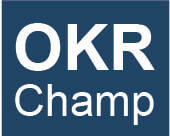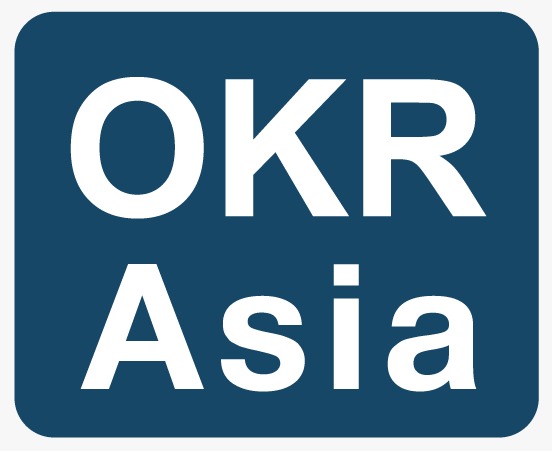OKRs for Design Teams
OKRs for Design Teams
A set of objectives and key results, described as OKRs, is a collaborative management methodology designed to assist teams in setting and achieving their goals. It helps in boosting focus, driving alignment, and creating a sense of transparency, which in turns promotes collaborative culture in an organisation.
Application of OKRs in design
Design is cross-functional, with every team relying on design for better brand execution in every aspect of the user journey. It can be difficult for designers to focus on the bigger picture when they are distracted. They may be siloed in a task-delivery service rather than proactively working on what makes the organization successful.
Having OKRs enables design teams to put their focus in the right place and quantify the impact of their work.
Why OKRs are crucial for the design team
Design teams are service-oriented, so they consider ongoing projects in other departments as part of their workflows. If they do not prioritize the projects that matter, they waste valuable design time. As a result, OKRs are an excellent way to reduce this problem and align design teams with a common goal.By asking “why”, OKRs help design teams identify which requests are more likely to drive impact, regardless of what other departments are involved in such as sales and marketing.
Another challenge for creative teams is subjectivity. With OKRs, this can be reduced. Design OKRs are aligned with important objectives and metrics so that they can quantify the outcomes based on their inputs. OKRs offer clear directional guidance to design teams, rather than spending every quarter on unproven projects.
Setting OKRs for the design team
Creating great design OKRs isn’t just about creating nice visuals or improvements — it’s about meeting an important business need. The “why” mentality is brought to all designers through OKRs, enabling teams to pursue goals rather than task lists. Key results provide designers with quantitative focus areas based on the creative, subjective nature of their work.
Designing OKRs is fundamentally about optimizing, whether in speed or quality. Process time, design output delivery time, or turnaround time are all examples of speed focused key results.
Key results that are focused on quality, on the other hand, might involve analyzing the performance of new contributions, optimizations, or revisions.
Develop focus areas for the OKRs
There are many areas of focus for design OKRs, with each of them having its own OKR. It can be focused around areas such as:
- Designing a website
- Structures of design
- Performance of design
- Graphic design
- Developing a brand
- Methods of operating
Conclusion
Design teams often use task-based key results since outputs and effectiveness testing are a part of their process. However, key results should not simply be a list of tasks. While OKRs may focus on outputs, they should also reflect the performance improvement of the design team. Designers benefit from well-written OKRs, which turn outputs into valuable outcomes.










